Sustainability and proactive environmental work are an integral part of daily operations at the Äänekoski bioproduct mill. Our mill’s operations are governed by an environmental permit overseen by the environmental authorities. We monitor, measure and report the emissions and impacts of the mill on a broad scale. In addition, the environmental authorities perform yearly inspections at the mill. Although its production capacity is nearly triple that of the previous pulp mill at Äänekoski, it operates within the emission limits of the previous mill’s environmental permit and wastewater permit conditions.
Each one of our employees has an important role in proactive work. We focus on the consistent availability of our mill, and perform continuous and active monitoring, observation and reporting on the environmental performance of the mill. We react immediately to any deviations, investigating their causes and defining corrective measures. Proactive work covers active environmental observations, info sessions on environmental topics, risk assessments and environmental investigations. In addition, the personnel participates in regular training concerning the environment and sustainability.
We also perform maintenance, investments and development projects that support our sustainable development goals and the mill’s environmental performance. We use the best available techniques (BAT) at our mills.
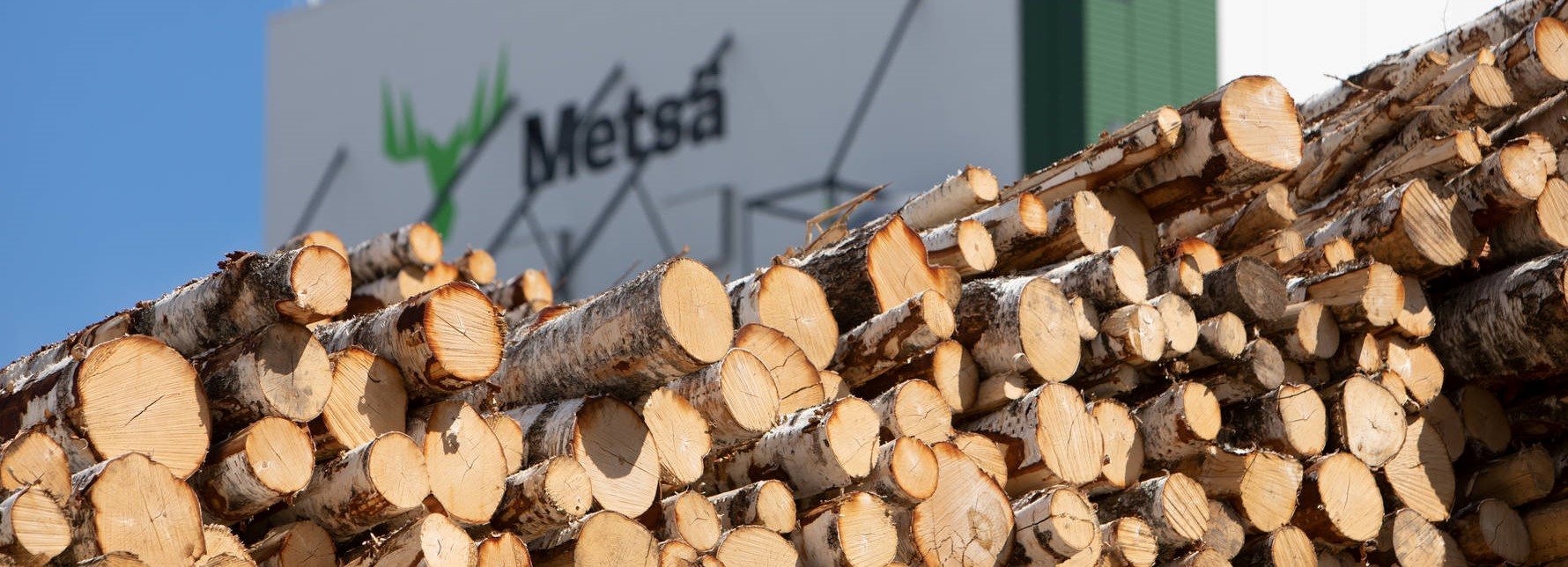 Wood consumption
Wood consumption
The wood consumption of the Äänekoski bioproduct mill is approximately 6.5 million m3 per year. We use pine, spruce and birch pulpwood from sustainably managed forests, as well as sawmill chips as raw materials. The wood we use is obtained mainly from Finland, and 95% comes from certified forests. The wood we use is traceable.
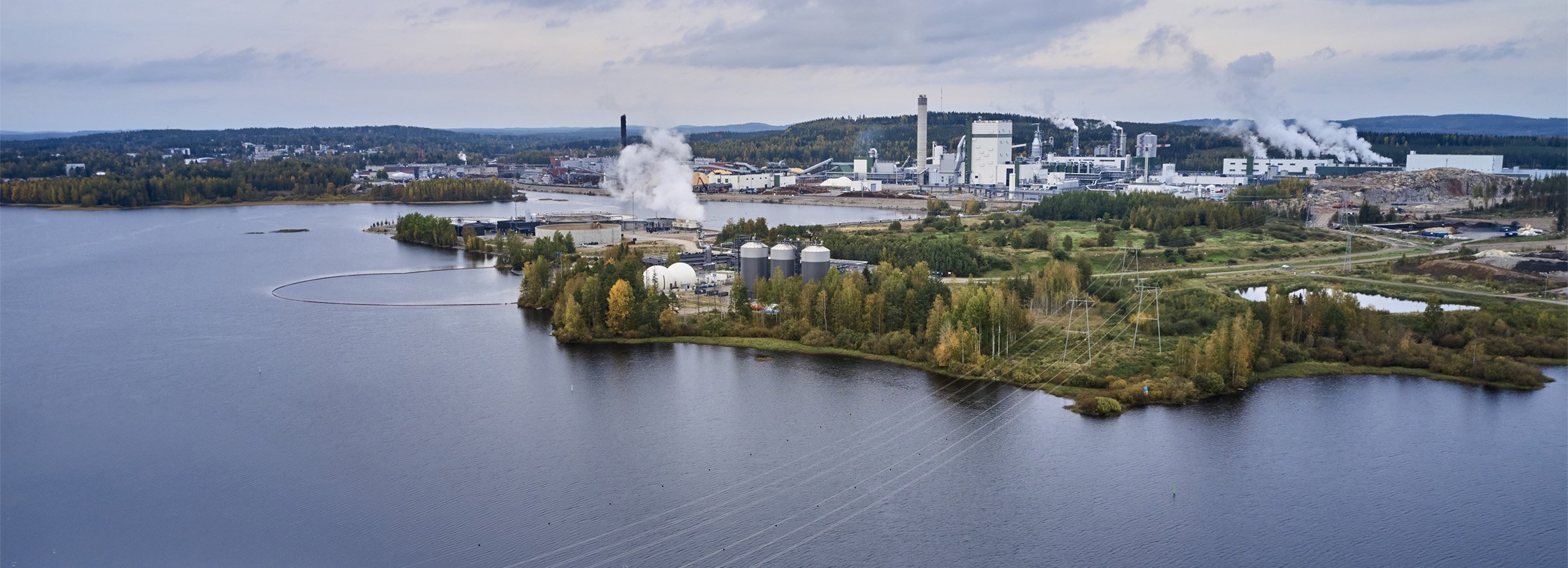
Impact on waterways
We monitor and measure actively load of the water, such as chemical and biological oxygen demand, and phosphorus and nitrogen load. Our mill uses an efficient, multiphase biological wastewater treatment plant that purifies the wastewater produced by the mill. The sludges from the wastewater treatment plant are directed to the mill’s biogas plant, where they are refined into biopellets and biogas.
The Central Finland and North Savo ELY Centre approved the impact monitoring plan for the natural waterway downstream of the bioproduct mill and fish stock. The related sampling programme is implemented on a yearly basis. The monitoring programme enables close monitoring of the waterways’ status.
We conduct long-term work to decrease the use of process water, and we have mapped new sites to increase the efficiency of water use in our process. With these measures, we will implement Metsä Group's sustainable development goal to reduce the use of process water by 35 percent per product tonne in 2018–2030. We can thus also minimise the nutrient load on waterways.
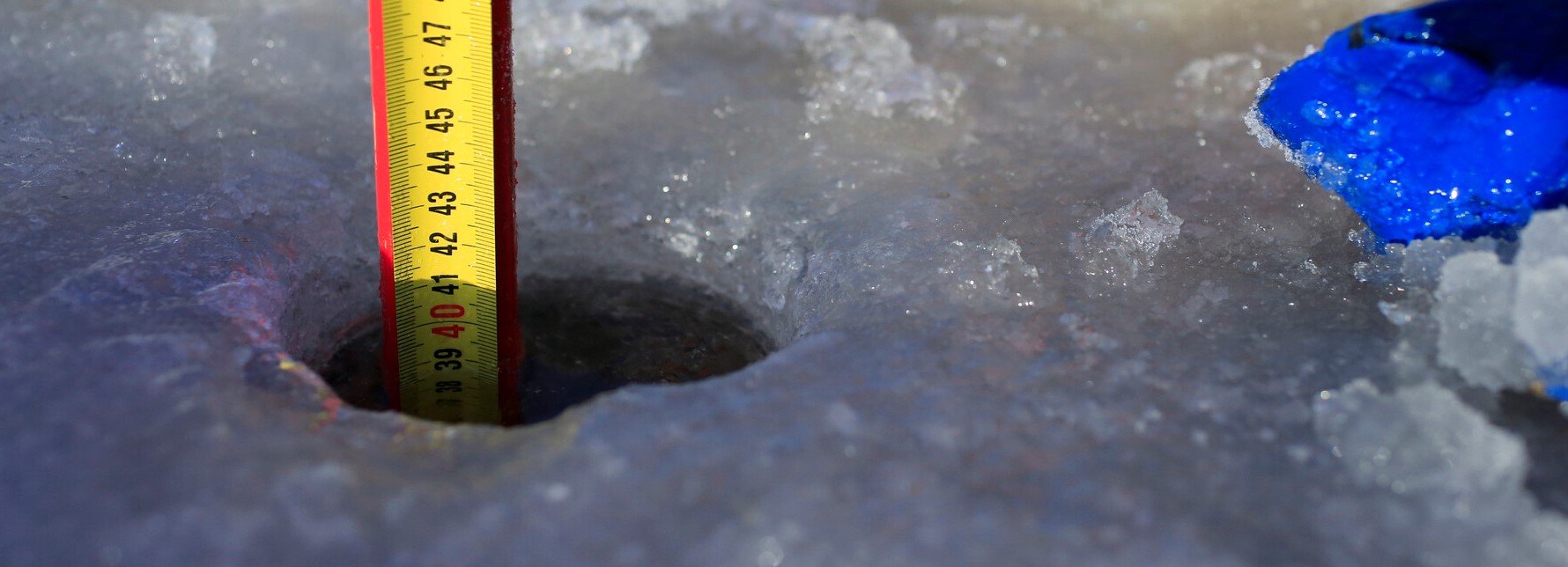 Ice strength and fishery monitoring
Ice strength and fishery monitoring
The thermal load from the bioproduct mill to the water is minimized by recovering the heat generated in production as efficiently as possible. Thermal load is channelled into Lake Kuhnamo below the mill and the effects on the waterways, fisheries and the ice strength in Kuhnamo are monitored as part of the impact monitoring program.
Kuhnamo’s ice situation is surveyed with weekly ice measurements in winter. The measuring points are located in the lake area between Teräväniemi and the Paatela channel. In this area, the temperature of the bioproduct mill’s cooling water may impact the ice situation as a delay in freezing or as early melting.
Fisheries monitoring has been performed as part of the monitoring of the bioproduct mill’s impact on waterways, during which the migration of lake trout stocked in the waterways above and below the mill, for example, has been monitored. The monitoring was started about one year before the mill’s start-up. Based on the results from the monitoring, the wastewater and heat load of the bioproduct mill on the fishes’ migration route does not prevent the migration of lake trout between Päijänne and Keitele.
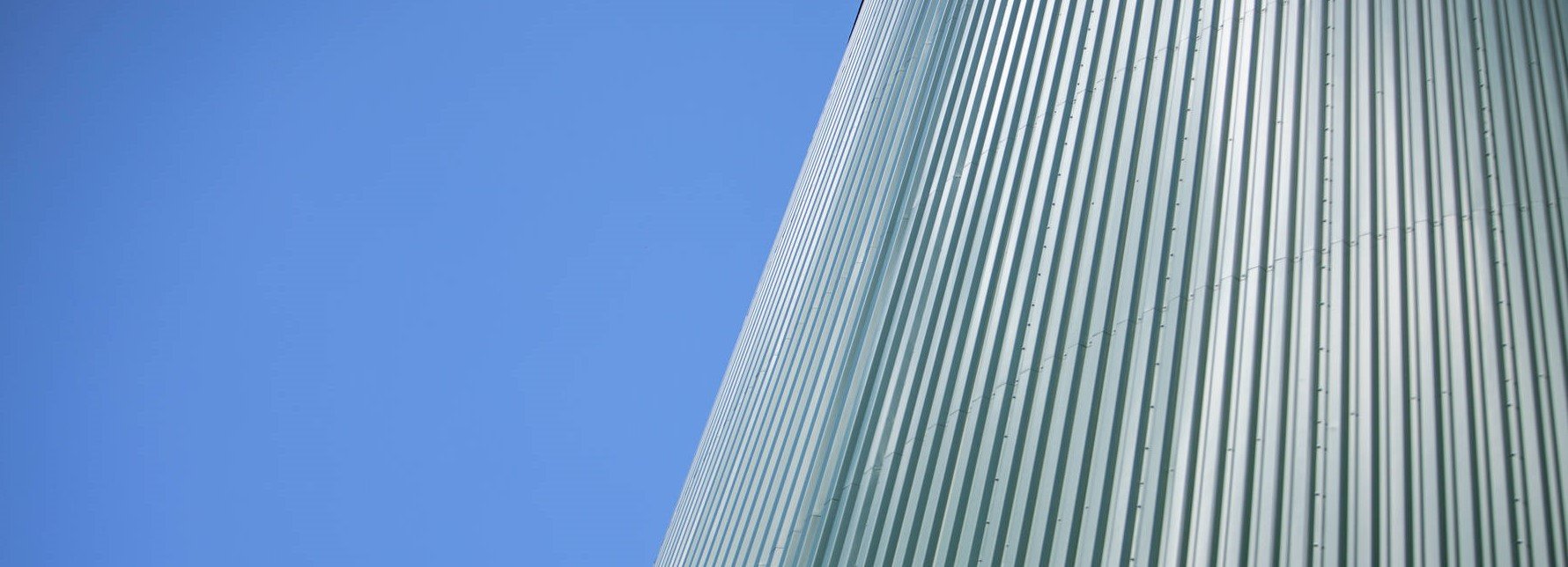 Air quality
Air quality
We participate in joint monitoring of air quality in our area. The results are monitored by local environmental authorities. The city of Äänekoski is responsible for carrying out the monitoring.
The bioproduct mill uses a powerful collection and processing system for odorous gases, which collects odorous gases. Odour nuisance occurs in conjunction with process malfunction, as well as shutdown and ramp-up situations at the mill.
Some of the odorous gases are utilized on production of sulfuric acid, which is used in the mill's process to replace the sulfuric acid supplied to the mill as a purchasing chemical.
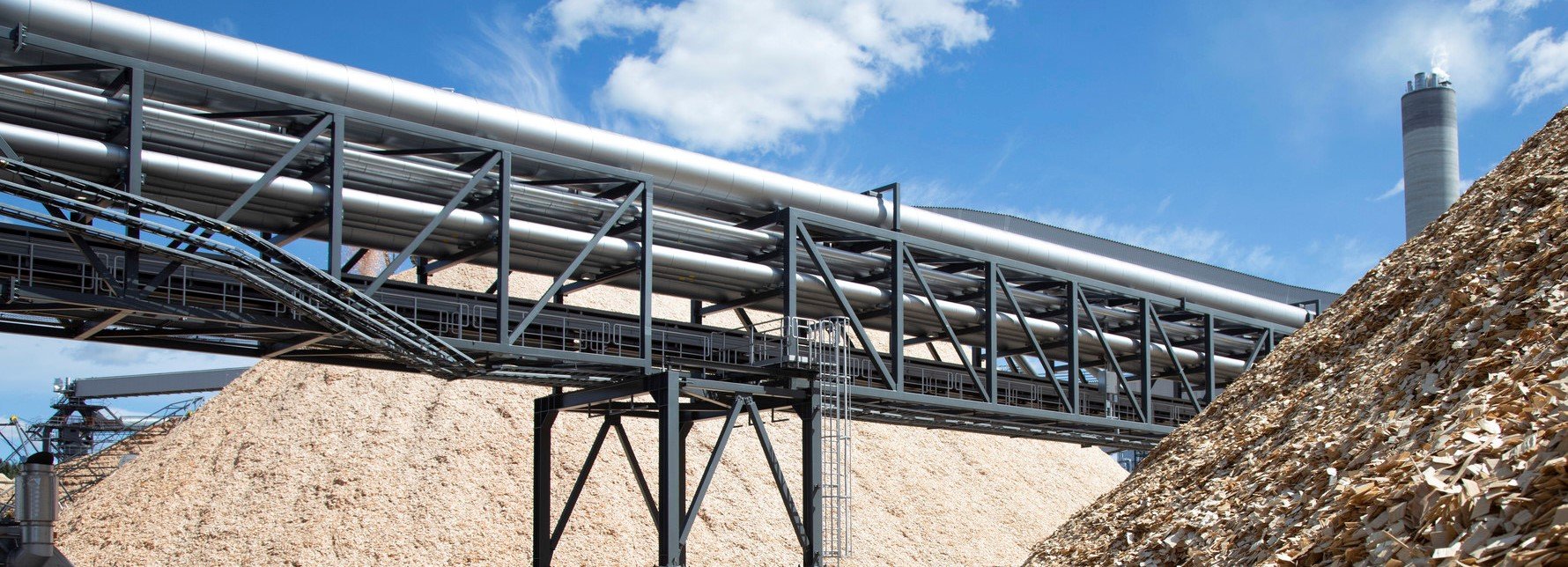 Noise
Noise
Noise caused by the mill's operations is managed in day-to-day operations by taking care of the maintenance of equipment and machinery, and by taking noise into account when planning investments and purchasing new equipment. The mill’s noise emission level is checked regularly with measurements and model calculations.
The noise caused by the equipment was especially considered already when planning the Äänekoski bioproduct mill and selecting devices. Limit values were set for noise when acquiring equipment for the mill. Equipment that causes noise was placed in such a way that its environmental impact is minimised.
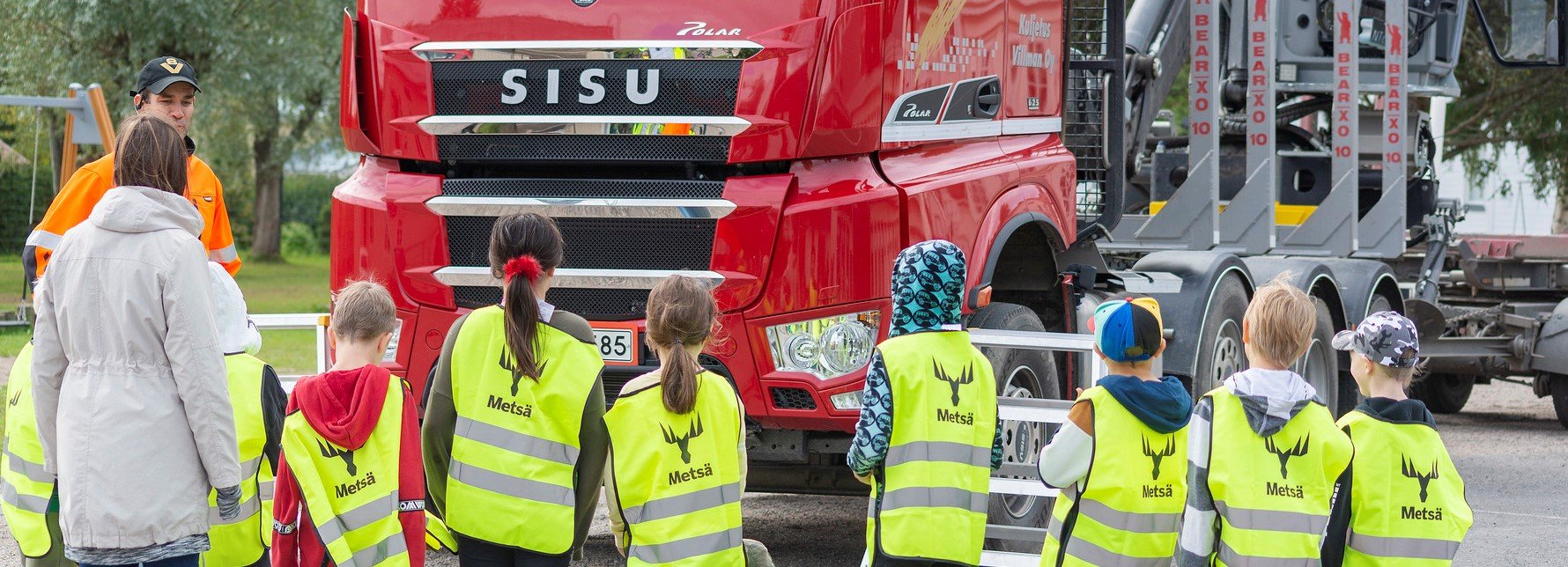 Local traffic
Local traffic
Raw wood is transported from the forest to the mill by trucks and trains. 240 trucks and 70 railway carriages arrive to the mill each day. The transport distances have been considered in the mill’s wood supply area, and they have been optimised to be as short as possible to minimise the impacts of the transports.
44 railway carriages of export pulp are transported to the Vuosaari harbour each day. In addition, pulp is delivered directly to domestic customers by trains and trucks. Chemical trucks also circulate in the area.
For our part, we want to ensure that movement in the Ääneseutu area is as safe as possible. Metsä Fibre cooperates with the road authorities and the local authorities to improve road safety. To increase the fluidity and safety of traffic, wood trucks have a route different from chemical and product transports. In addition, Metsä Group organises a road safety tour for primary school children each autumn in the Äänekoski area. At the events organised under the road safety tour, schoolchildren get to see a timber truck and receive practical advice on road safety.
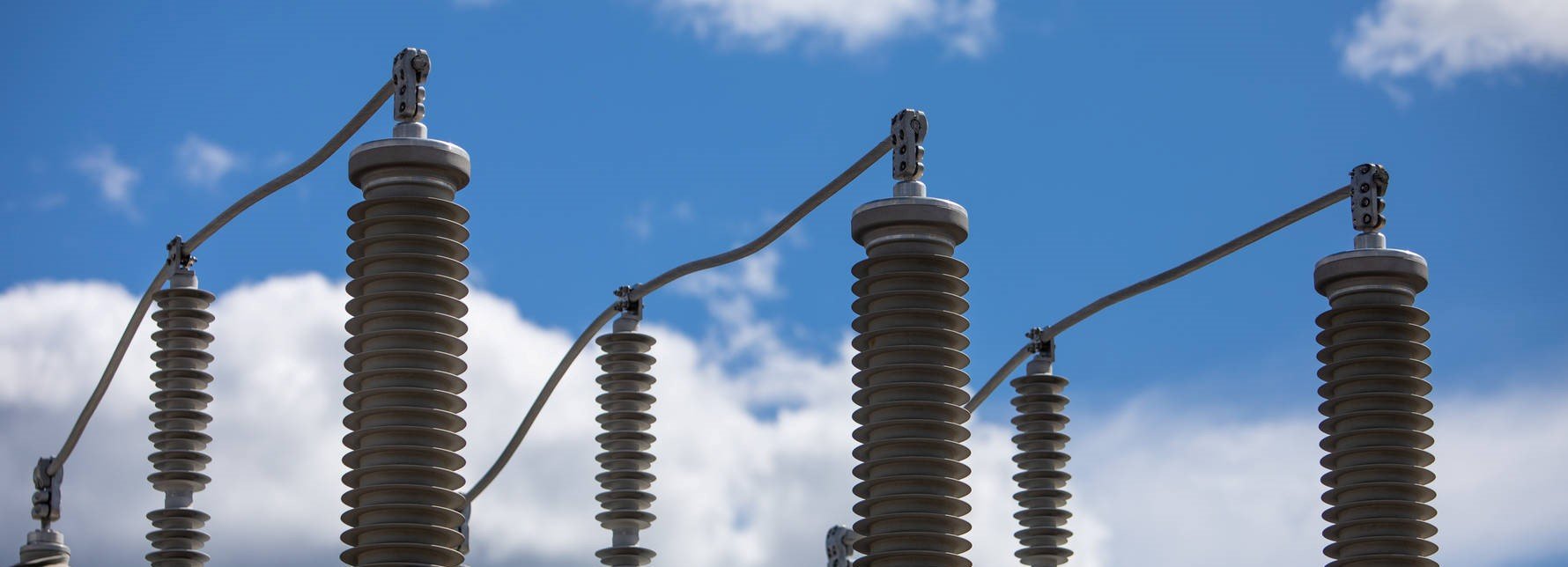 Energy
Energy
The energy efficiency of the Äänekoski bioproduct mill is excellent. All energy required by the mill is generated from production side streams, and the mill’s self-sufficiency rate in electrical energy is 240 per cent. In addition to using renewable energy in our own production, we supply it as district heat to local communities and as electricity to the grid.
The bioproduct mill does not use any fossil fuels at all in its pulp production. The fuel of mill´s lime kiln is fossil-free product gas derived from bark. The tall oil pitch generated during tall oil refinement can be used as fuel in the mill’s shutdowns and start-ups. Furthermore, the machines used in wood processing and pulp loading are driven by electricity.
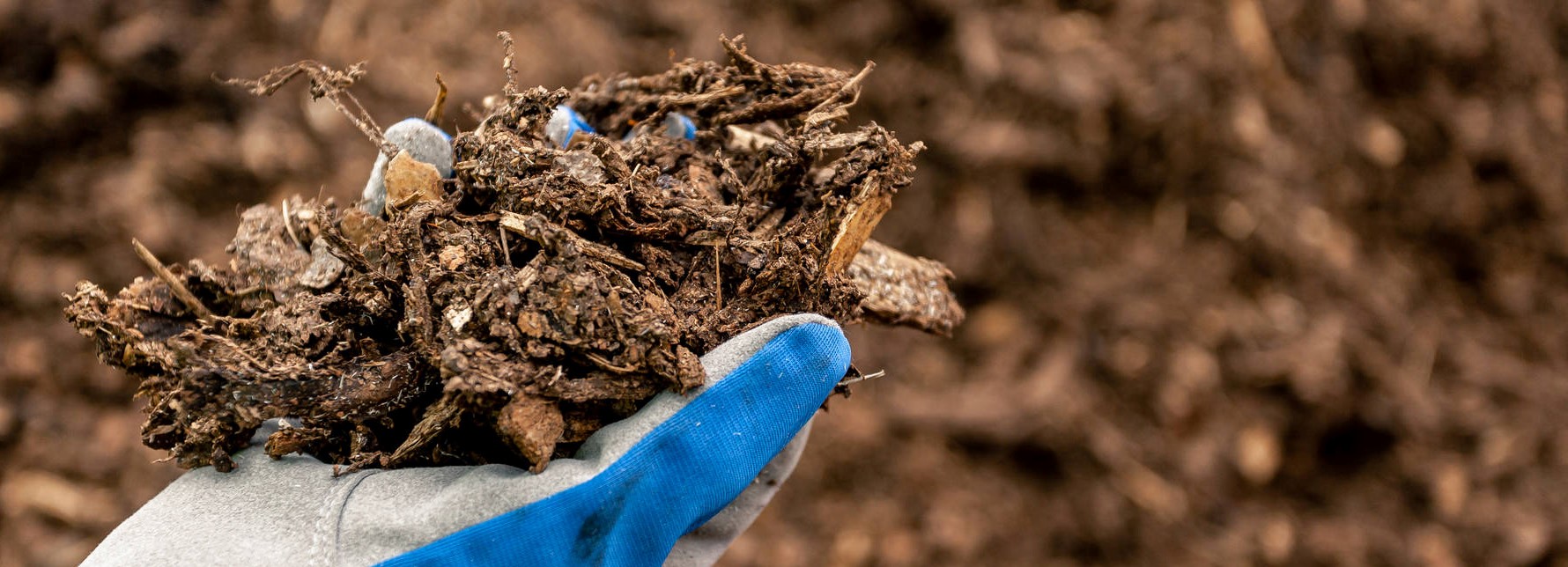 Production sidestreams
Production sidestreams
The sidestreams from the Äänekoski bioproduct mill are utilised efficiently as different bioproducts and bioenergy. Bark is used to produce fossil free product gas for the mill’s own use, and odorous gases are used to produce sulphuric acid for use as a process chemical. Biogas plant of bioproduct mill produces biopellets and biogas from wood-based sludge generated by bioproduct mill. The lime and ash from bark gasification are also utilised for a useful purpose. In addition, a business ecosystem functions around the mill. It utilises pulp and production side streams to produce and develop different bioproducts.
Metsä Group’s goal is to utilise production side streams fully by 2030 and to achieve a state in which our production will not generate landfill waste. At the moment, green liquor dregs generated in the pulp process is the only fraction that is landfilled. Other end uses for it are being actively sought.

